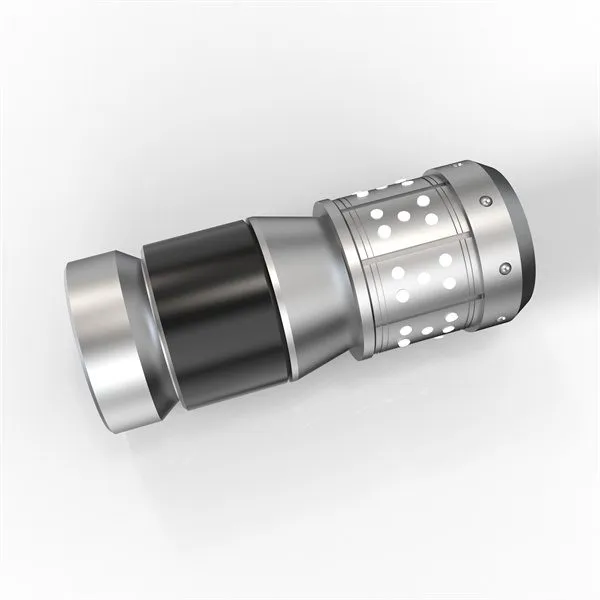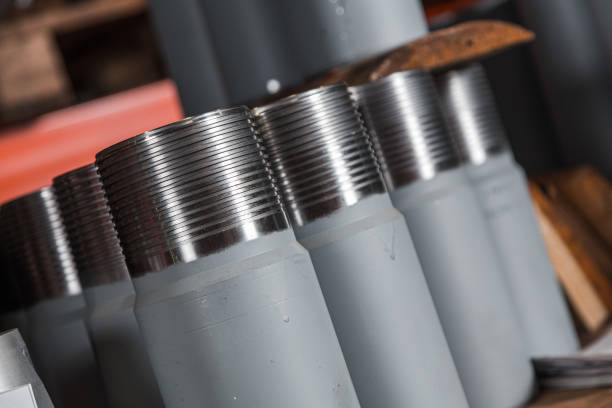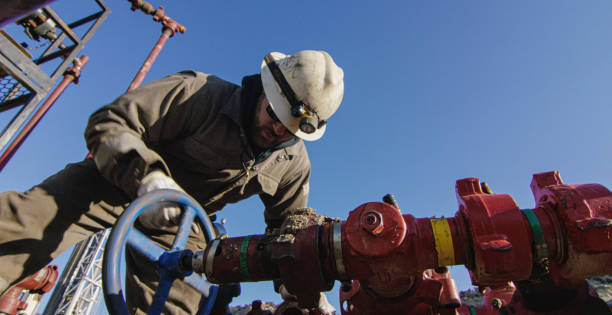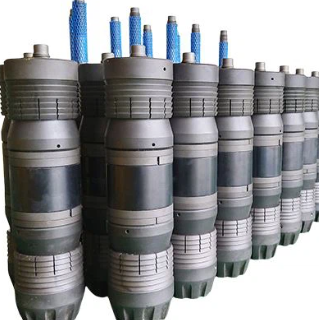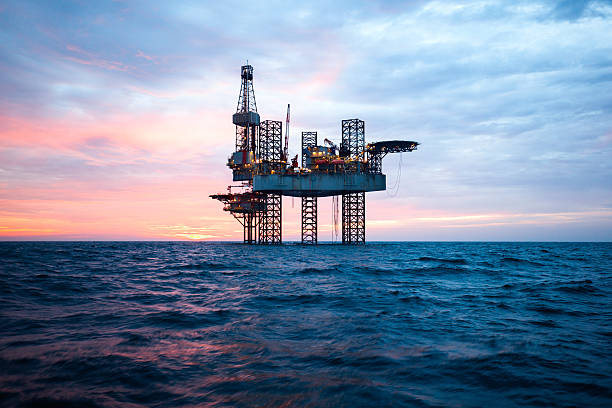Russian

Water Frac Hose
The Ultimate Guide to Water Frac Hose: Applications, Materials, and Best Practices

Introduction
Water frac hoses are critical components in industries requiring high-pressure fluid transfer, such as hydraulic fracturing (fracking), mining, agriculture, and urban drainage systems. Designed to withstand extreme pressures, abrasion, and environmental stressors, these hoses ensure efficient and safe operations. This article explores the structural design, material innovations, applications, and optimization strategies for water frac hoses,
1. Material Innovations for Enhanced Durability
Modern water frac hoses rely on advanced polymers and composite materials to meet demanding operational requirements. Traditional rubber hoses are increasingly replaced by polyurethane (PU)-based alternatives due to their superior resistance to abrasion, chemicals, and temperature fluctuations.
- Eco-Friendly PU Solutions: Growing environmental regulations, such as restrictions on volatile organic compounds (VOCs), have driven the adoption of water-based PU materials. These eliminate the need for hazardous solvents while maintaining high tensile strength and flexibility.
- Reinforced Layers: Composite structures often incorporate aromatic or aliphatic diisocyanates for enhanced mechanical properties. For example, aromatic variants like MDI provide rubber-like elasticity, while aliphatic types (e.g., HDI) offer UV stability and reduced yellowing.
- Carbon Fiber Integration: Inspired by concrete reinforcement techniques, carbon fiber layers are now used in hose designs to improve load-bearing capacity and resistance to hydraulic shocks.
2. Design Features for High-Pressure Applications
The structural integrity of water frac hoses depends on meticulous engineering to handle pressures exceeding 5,000 PSI. Key design considerations include:
- Multi-Layer Construction: A typical hose comprises an inner thermoplastic liner for fluid compatibility, a reinforcement layer (steel wire or synthetic fibers), and an outer abrasion-resistant coating.
- Temperature Resilience: High-grade materials like PTMG-based PU ensure flexibility in subzero conditions, while designs (up to 90°C) prevent deformation during hot fluid transfer.
- Anti-Kink Technology: Advanced corrugation patterns and helical wire supports minimize flow restrictions and prevent collapse under vacuum conditions.
3. Applications Across Industries
Water frac hoses are indispensable in diverse sectors:
- Oil & Gas: Hydraulic fracturing operations use these hoses to inject high-pressure water, sand, and chemicals into shale formations. Their leak-proof design aligns with environmental compliance standards to prevent groundwater contamination.
- Urban Drainage: Cities adopting “sponge city” initiatives rely on robust drainage systems. Custom-molded concrete channels, produced using steel, integrate frac hoses for rapid stormwater diversion.
- Agriculture: Precision irrigation systems utilize these hoses for efficient water delivery, reducing waste and aligning with policies like Kansas’ groundwater conservation measures, which cut extraction by 28% through optimized resource use.
4. Performance Optimization and Maintenance
To maximize lifespan and efficiency:
- Leak Detection: Technologies like IoT-enabled pressure sensors and acoustic monitors (used in water loss control programs) help identify weak points before catastrophic failures.
- Routine Inspections: Check for abrasion, UV degradation, and chemical corrosion. Replace hoses showing cracks or stiffness, as compromised flexibility increases burst risks.
- Storage Best Practices: Coil hoses loosely to avoid creasing and store in shaded, dry areas to prevent material degradation.
5. Sustainability and Future Trends
The industry is shifting toward greener solutions:
- Recyclable Materials: Bio-based PU and thermoplastic elastomers (TPE) reduce landfill waste.
- Smart Hoses: Embedded sensors for real-time pressure/flow monitoring, integrated with AI-driven predictive maintenance systems.
- Modular Designs: Lightweight, interchangeable components simplify repairs and reduce downtime, inspired .


